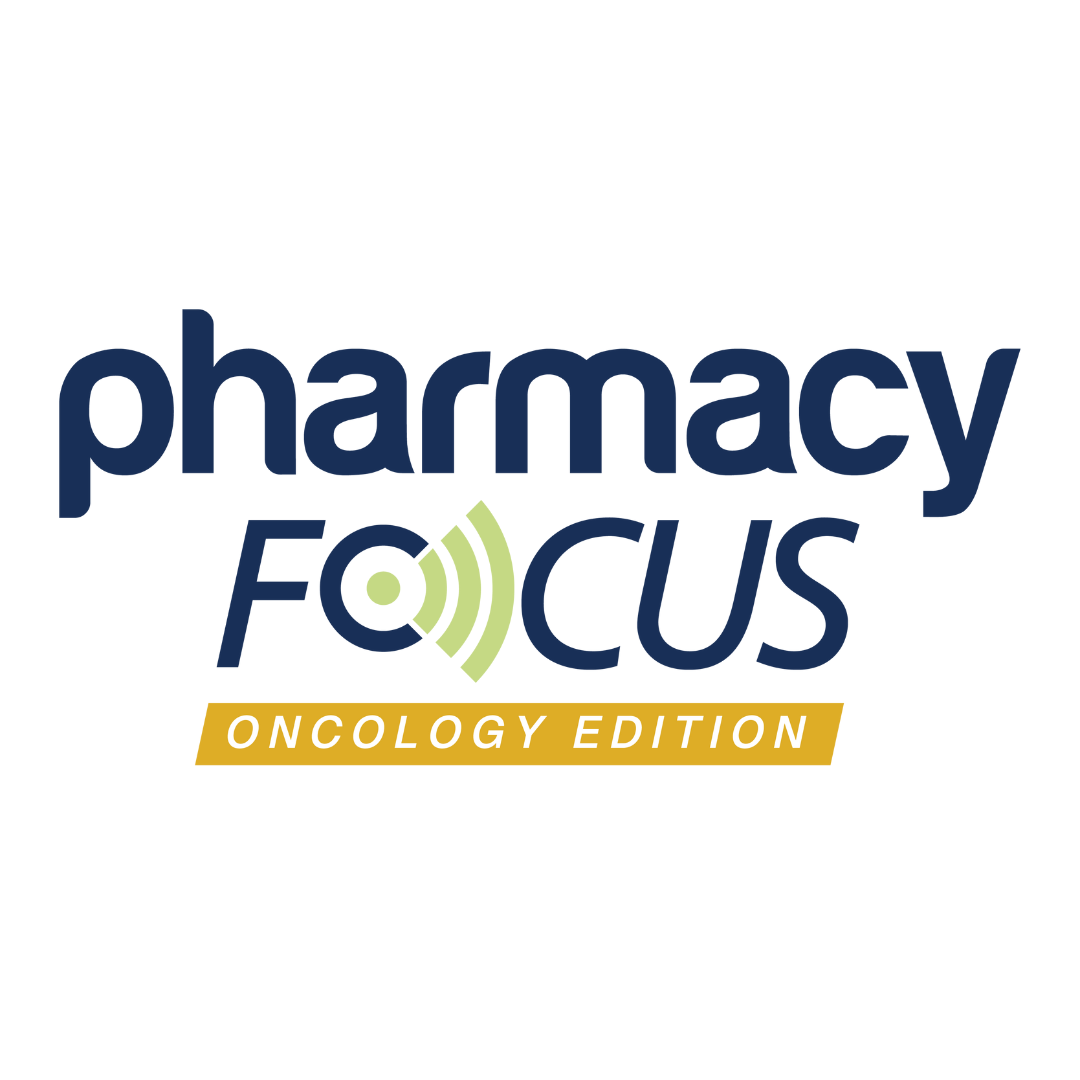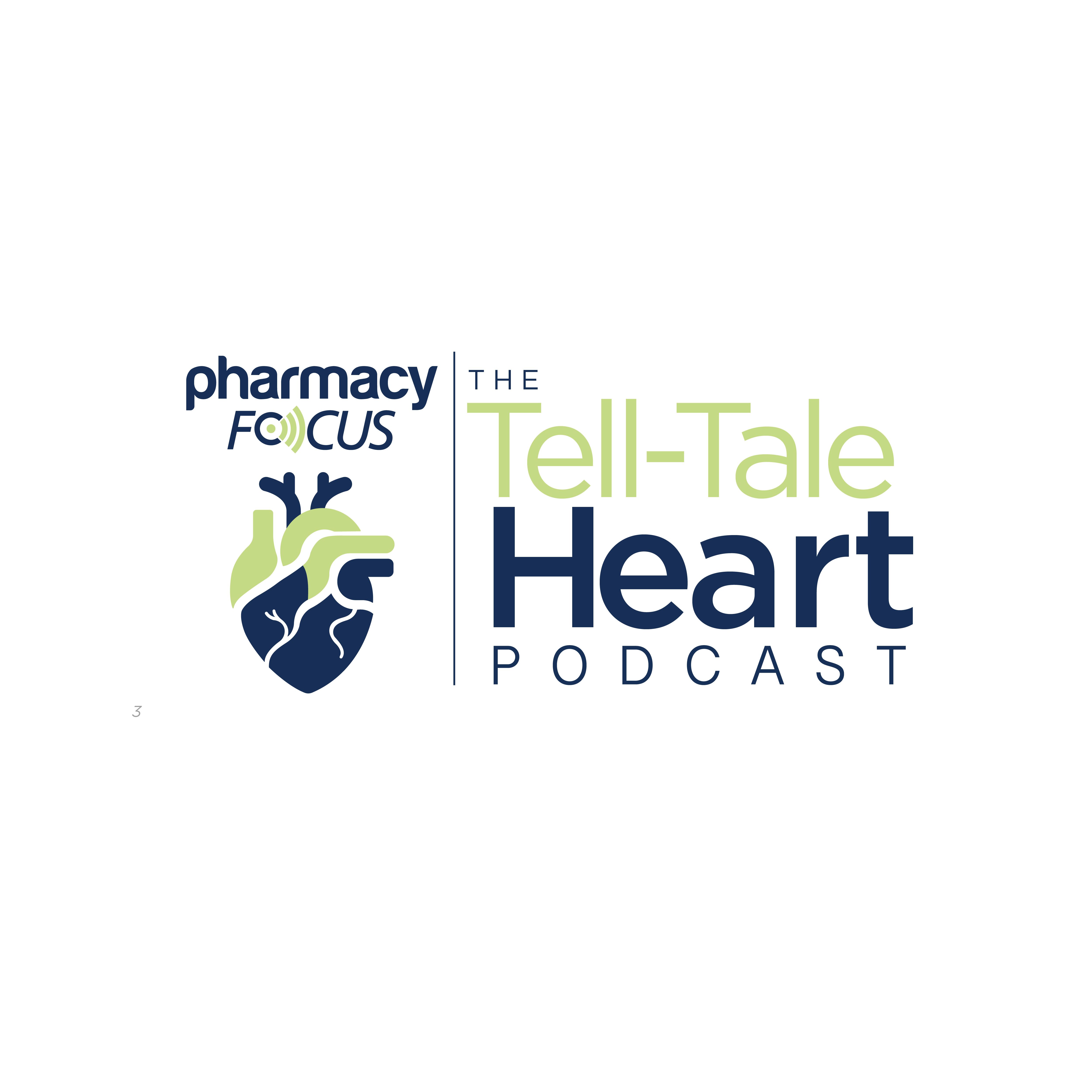In an interview with Pharmacy Times®, Kara Melmed, MD, neurointensivist and assistant professor at NYU Langone Health, discusses intracerebral hemorrhage (ICH) treatment strategies and advocates for a "Code ICH" approach that brings together healthcare professionals at the patient's bedside to quickly lower blood pressure and reverse anticoagulation. The discussion was based on her presentation "No: Blood Pressure Targets in ICH: Should We Go Low?" which was showcased as part of a debate-style discussion during the "Controversies in Neurology Plenary Session" on Saturday, April 5, at the American Academy of Neurology 2025 Annual Meeting in San Diego, California.
Melmed stresses the "time is brain" principle, recommending aggressive treatment within 60 minutes of door arrival for blood pressure management and 90 minutes for anticoagulation reversal. Beyond acute care, Melmed also highlights the importance of preventive strategies like blood pressure control, diabetes management, and community-based pharmaceutical care to reduce ICH incidence.
Pharmacy Times: How can pharmacists generally play a role in assisting with achieving blood pressure targets in ICH?
Key Points
1. Implement a "Code ICH" model with all health care professionals actively involved in immediate patient care.
2. Aim for door-to-blood pressure treatment within 60 minutes and anticoagulation reversal within 90 minutes.
3. Focus on preventive care through community-based medication management and lifestyle control.
Kara Melmed, MD: Time is brain, so we need all hands on deck. When a patient is presenting to the emergency room with an ICH, just like for ischemic stroke, we need to be aggressive, and we need every person and every part of the team there at the bedside actively treating these patients. Fast treatment of blood pressure is so important for these patients. We can prevent hematoma expansion; we can prevent neurologic deterioration. We are aiming for a goal of door-to-blood pressure treatment of 60 minutes for ICH patients. We, I think, are going to see that that's going to be adopted throughout the United States, through the AHA, hopefully, and through programs like "Get With the Guidelines." In order to achieve that, much like we have achieved with ischemic stroke patients, having code strokes, having the pharmacists at the bedside, getting the TPA ready, getting the thrombolytics ready, and having the participation of the pharmacist is key to getting those door-to-needle times down for ischemic stroke patients. We need the same kind of support for hemorrhagic stroke patients as well. Once we've identified the hemorrhagic stroke, we need to keep the major players at the bedside so that they can continue the aggressive treatment and start that blood pressure treatment right away. Now, what agent are you going to use? I don't think it's going to matter as much. Obviously, intravenous (IV) agents we can give faster, and if it's an intravenous drip as opposed to an IV push, then we can also maintain a steadier blood pressure. Even in hospitals where IV drugs are not available or in certain settings, in certain low-resource settings, if the IV drugs aren't available, then even just using oral drugs is going to have some effect and some benefit. I really think that the pharmacist is a key player for both the blood pressure lowering agents and then also with the anticoagulation reversal and starting that process as well, with the goal of reversing anticoagulation from door-to-anticoagulation reversal of 90 minutes. Again, the pharmacist is a key, key part of the team that needs to be present at the bedside with the patient once we've identified the ICH. And not walking away; not the nurse, not the neurologist, not the pharmacist, not walking away from that patient until we've achieved the blood pressure goals, whatever they are at the institution, whatever the institution has adopted, be it 130-to-150 or whatever the goal has been set at, we need to act quickly, because time is brain. We need to adopt a model of Code ICH, where we have pharmacists, neurologists, nurses, emergency department doctors, everyone is at the bedside and invested in making sure that this patient has good quality outcomes.
"The pharmacist is a key, key part of the team that needs to be present at the bedside with the patient once we've identified the ICH." - Kara Melmed, MD
Pharmacy Times: What role can pharmacists play in counseling patients experiencing ICH?
Melmed: Unfortunately, as a neurointensivist, this is something I can only treat once the patient has already presented with the ICH. But we have an opportunity to prevent even the incidence of ICH. We know that controlling blood pressure for patients in the community, controlling diabetes, and controlling high cholesterol—all of these are going to help prevent ICH and ischemic stroke. That really is our best opportunity; if we prevent the stroke from happening, then we're not dealing with unfortunate consequences that occur after. Having a pharmacist involved in that community care to make sure not only are you prescribing the antihypertensives but the patients are taking the antihypertensives, that they know how to take it, that they know the side effects of taking it, and if they're stopping the antihypertensives for whatever reason, that they're talking with their doctors and the pharmacists, because we want to work with the patients in the community. If we miss that opportunity, then we're going to see, as we do see, many more ICH and stroke [patients] coming into the hospital. Once the patient has arrived in the hospital, that's when we can prevent the secondary injury and the secondary worsening by, again, with that aggressive blood pressure treatment at the onset of their admission and with the aggressive anticoagulation reversal at the onset. And for patients that do well, making sure that they're going to continue these medications once they go back out into the community, we can really have a lot of help from our pharmacist colleagues in that respect.






